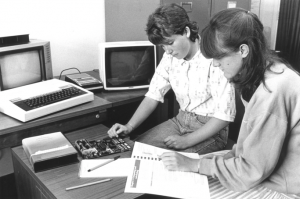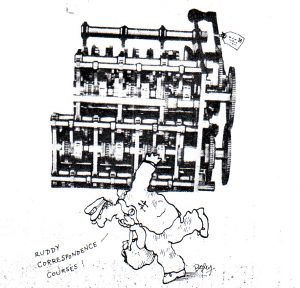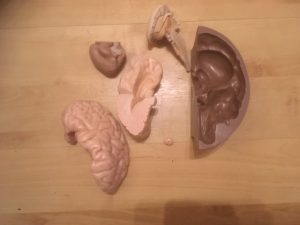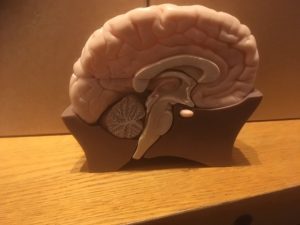50 objects for 50 years. No. 46. The Home Experiment Kit
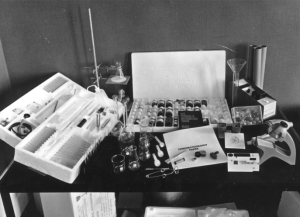 One of the criticisms made by The Times of the proposed ‘university of the air’ was that ‘the very term is an illusion in the sense that it holds out hopes that it cannot possibly fulfil’. It went on
One of the criticisms made by The Times of the proposed ‘university of the air’ was that ‘the very term is an illusion in the sense that it holds out hopes that it cannot possibly fulfil’. It went on
to encourage hopes that the television viewer will be offered the range and depth of courses open to the university student. This would be misleading nonsense.
What The Times missed was the innovation of Home Experiment Kits. In its first year the OU sent out 33,000 home experiment kits. The first science ones had 136 items. Each included a tiny microscope. The first technology module, The Man-Made World: a Foundation Course, T100 (1972–79), included a home experiment kit with a simple binary computing device, a logic kit, a control/analogue kit and a noise measurement meter. Using the last of these items, students contributed towards the production of a national noise map. They also learned to build their knowledge using more than one medium. For The Digital computer, TM222 (1983– 91) students could experiment with both software and hardware using the (H)ome (E)lectronic (K)it compu(TOR) – HEKTOR. HEKTOR could be plugged into a TV which became its monitor and plugged into a cassette recorder for storage. Initially students were encouraged to write programs in BASIC but later it was used for other purposes, including on a control engineering course.
The HEKTOR III microcomputer system.
Experiments at home were not always popular with posties or indeed at home. Student Matt Kendall recalled that a ‘matrimonial’ resulted from his experiment involving suspending a brick in the airing cupboard. However, there were integral to the OU and it was proud of them. One advertisement featured a student changing a nappy with a home experiment kit in the background.
Steven Rose, the OU’s first professor of biology, established the Brain Research Group, now the British Neuroscience Association. This was important in the development of the new field of neuroscience. He insisted that the OU engage in research and
that we were going to teach science, not “about science’. … Our view was that an OU science graduate should be able to compete on level terms with those from any other university when it came to going on to a science-based career, including research. And teaching science meant, above all, lab experience.
The OU also posted out plastic brains that could be taken apart for study and then reassembled.
